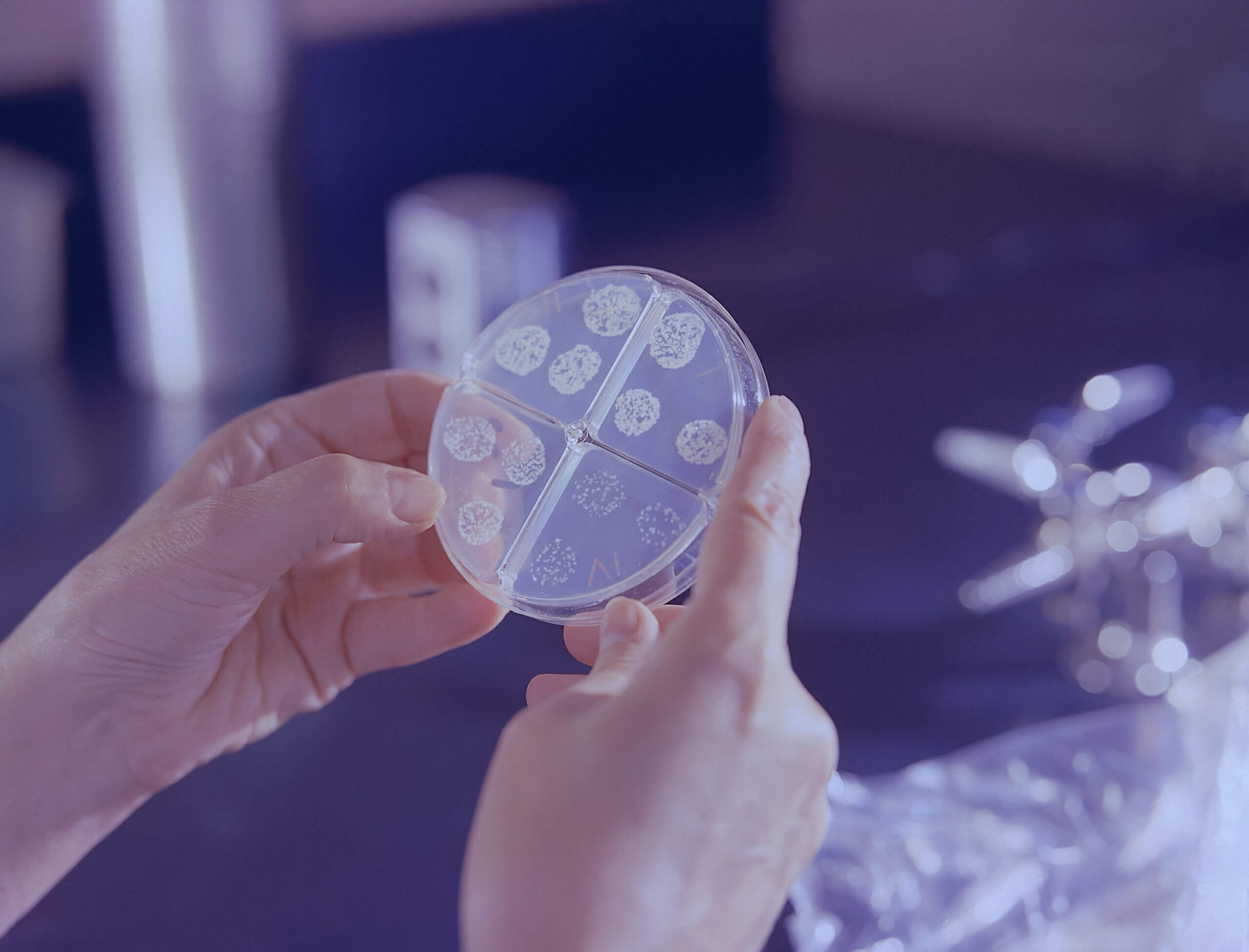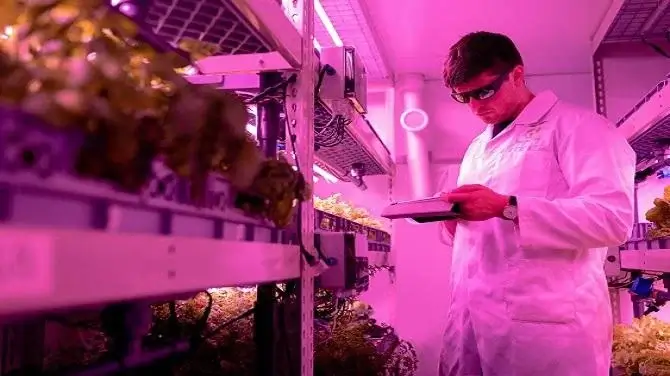
Graphene aerogel, often hailed as one of the lightest materials on Earth, is a marvel of modern science. Combining the remarkable properties of graphene with the unique structure of an aerogel, this material has opened new horizons in various fields, from environmental cleanup to electronics and beyond. In this article, we will delve into the fascinating world of graphene aerogel, exploring its properties, potential applications, and the latest research developments.
What is Graphene Aerogel?
Graphene aerogel, also known as aerographene, is a synthetic material derived from graphene. Graphene itself is a single layer of carbon atoms arranged in a hexagonal lattice, known for its exceptional strength, conductivity, and flexibility. When graphene is incorporated into an aerogel—a porous, ultra-lightweight solid—it retains many of these properties while gaining new ones.
Aerogels have been around for decades, primarily composed of silica, and are renowned for their low density and high surface area. By integrating graphene into the aerogel structure, scientists have created a material that is not only incredibly light (with densities as low as 0.16 mg/cm³) but also exhibits outstanding mechanical strength, electrical conductivity, and thermal insulation.
Properties of Graphene Aerogel
Graphene aerogel boasts a unique combination of properties that make it suitable for a wide range of applications:
- Ultra-low Density: Graphene aerogel is one of the lightest materials known, with densities significantly lower than that of air.
- High Surface Area: The material has a high surface area, providing ample space for chemical reactions and adsorption processes.
- Mechanical Strength: Despite its low density, graphene aerogel is mechanically strong and can withstand significant pressure without deforming.
- Electrical Conductivity: Graphene’s inherent conductivity is retained in the aerogel, making it useful for electronic applications.
- Thermal Insulation: The aerogel structure provides excellent thermal insulation, making it ideal for heat management applications.
Applications of Graphene Aerogel
The unique properties of graphene aerogel make it suitable for various innovative applications:
- Environmental Cleanup: One of the most promising applications of graphene aerogel is in environmental cleanup, particularly oil spill remediation. Its high surface area and hydrophobic nature allow it to absorb large quantities of oil from water.
- Energy Storage: Graphene aerogel’s conductivity and high surface area make it an excellent material for energy storage devices such as supercapacitors and batteries. It can enhance the performance and efficiency of these devices.
- Sensors: Due to its sensitivity and conductivity, graphene aerogel can be used in various sensors, including pressure sensors, gas sensors, and biosensors.
- Thermal Management: The thermal insulation properties of graphene aerogel make it suitable for applications in aerospace, electronics, and building insulation.
- Lightweight Structural Components: The mechanical strength and low density of graphene aerogel make it an ideal material for lightweight structural components in aerospace and automotive industries.
Recent Research and Developments
Recent research on graphene aerogel has focused on improving its properties and expanding its applications. One notable development is the creation of magnetic graphene aerogel. Researchers at Zhejiang University in China have developed a magnetic version of graphene aerogel by incorporating magnetic nanoparticles into the aerogel structure. This advancement opens new possibilities for applications in targeted drug delivery, magnetic separation, and electromagnetic shielding.
Another exciting development is the use of graphene aerogel in water purification. Scientists have designed graphene aerogel-based filters that can remove heavy metals and other contaminants from water with high efficiency. This technology has the potential to provide clean water in areas with limited access to safe drinking water.
Additionally, researchers are exploring the use of graphene aerogel in flexible electronics. By combining graphene aerogel with other materials, they have created flexible, lightweight, and highly conductive components that could revolutionize wearable electronics and other flexible devices.
Challenges and Future Outlook
Despite its remarkable properties and potential, graphene aerogel faces several challenges that need to be addressed for widespread adoption. One of the main challenges is the scalability of production. Current methods for producing graphene aerogel are complex and costly, limiting its availability and affordability.
Furthermore, there is a need for more research to fully understand the long-term stability and environmental impact of graphene aerogel. As with any new material, ensuring its safety and sustainability is crucial for its successful integration into various applications.
However, the future of graphene aerogel looks promising. With ongoing research and development, we can expect to see more efficient production methods and new applications emerging. As scientists continue to unlock the potential of this extraordinary material, graphene aerogel is poised to play a significant role in advancing technology and addressing global challenges.
About the author
Collected by Matexcel that offers a number of graphene derivatives as well as customized synthesized graphene products, including mono/multilayer graphene oxide, functionalized graphene oxide. Graphene aerogel products at Matexcel include: Strong Graphene Aerogels, Ultra-light Graphene Aerogels, CNT Modified Graphene Aerogels, Graphene oxide aerogel microspheres, Graphene aerogel microspheres…







